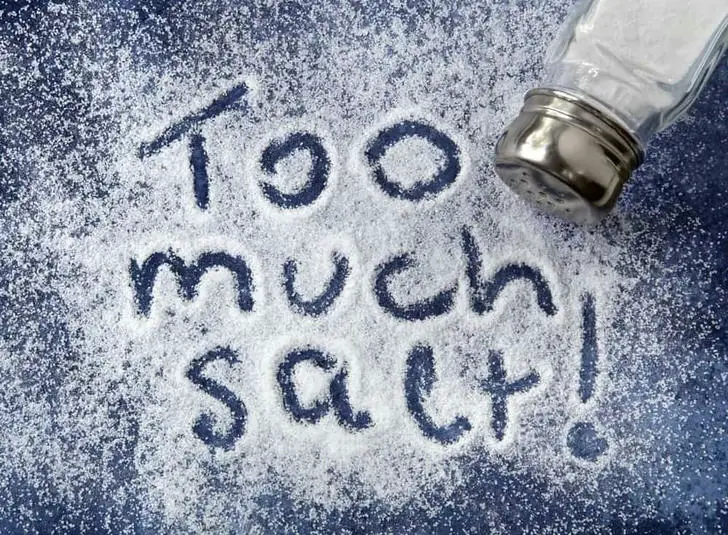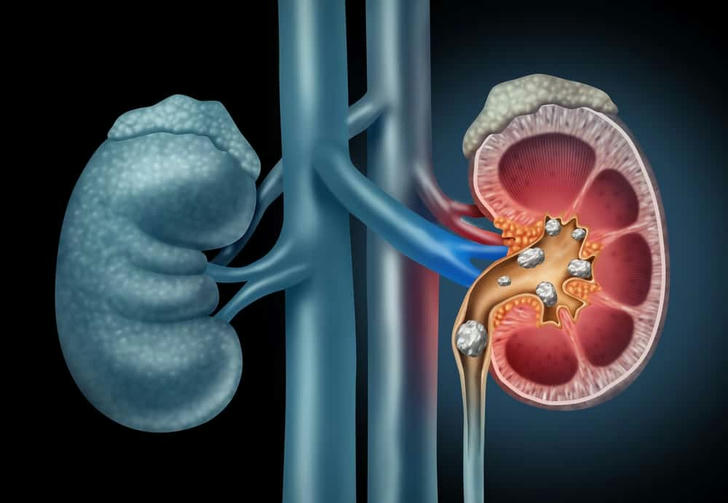20 Surprising Factors That Can Harm Your Kidneys
Advertisement
3. High Sodium Intake from Table Salt

Salt is a crucial component of our diet, aiding in blood pressure regulation, fluid balance, and proper muscle and nerve function. It also possesses various uses, such as treating heat stroke, soothing sore throats, and addressing dental issues. However, excessive salt consumption can be harmful. Table salt, a prevalent household staple, is considered the least healthy type of salt.
Table salt is a manufactured form of salt that primarily consists of sodium chloride. While it resembles natural sea salt, it undergoes a manufacturing process where natural salt is heated to 1200℉, depleting it of essential minerals. Table salt often contains additives like synthetic chemicals (e.g., iodide, sodium bicarbonate, fluoride), anti-caking agents, and potentially toxic amounts of potassium iodide and aluminum.

Diets high in table salt can increase the risk of developing kidney stones and exacerbate conditions like diabetes and obesity. Continued high intake of table salt can potentially lead to kidney and liver problems, hypertension, heart disease, water retention, stroke, and heart failure.
The general recommendation for daily salt intake is no more than 6 grams or one teaspoon. However, with the prevalence of processed foods and sugary beverages, it is easy to exceed this limit. It is crucial to be mindful of organic and minimally processed food choices, as they tend to contain lower amounts of table salt.
